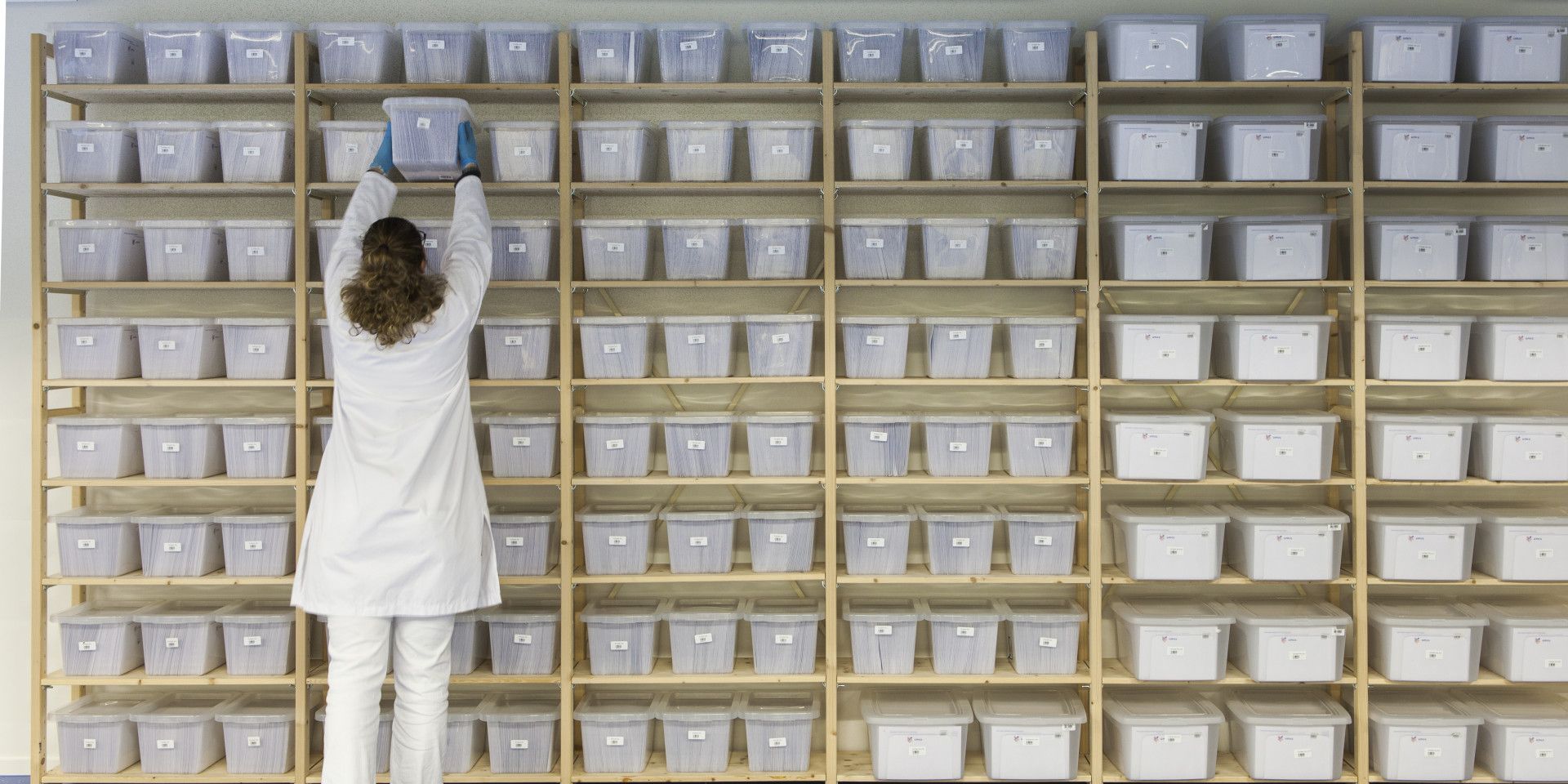
Getting started with your biosample project
When you are ready to select participants for your biosamples, you might be interested in the steps that have to be taken in order to work with your sample results.
Process
1. Selecting your participants of interest
Selecting the participants of interest is the start of your biosample project. During the application process, variables have been selected to be able to select your participants. If, after approval of your project, you need additional data for your participant selection, you can request the data using the data catalogue. The participant selection will be performed in one of the Lifelines research environments.
Lifelines prefers researchers to make the participant selection themselves, as you need to make deliberate decisions on in- and exclusions. If participants’ diagnoses need to be verified, please consider linkage with one of our external data sources.
Biosamples are subject to availability based on your exclusion criteria, such as being hemolytic. As such, the number of biosamples might deviate from the number of biosamples released. If possible, we ask to increase the participant selection per group by 10% to be able to release the requested number of biosamples.
2. Lifelines will check your selected biosamples
After you have selected your participants, Lifelines will ask you to complete our Lab request form. Based on the specified criteria, Lifelines will select the samples that meet the selected critera within the available biosamples.
For a larger biosample request, Lifelines offers the possibility to ship the biosamples in several batches. To avoid problems with storage, Lifelines advises to keep freezer capacity into account and indicate batch sizes in the Lab Request Form.

3. Lifelines will pick, process, and ship your biosamples
After selecting the right biosamples for your project, biosamples will be picked by our automated storage systems.This system has a high picking speed and accuracy in comparison to picking by hand. Based on the size of the request, Lifelines will communicate timelines for picking, potential pipeting and isolation, and shipment. Please note: Lifelines’ policy is to only send the required volume needed for analysis.
The shipment of biosamples will be accompanied by a sample release file per delivered batch including the information needed to perform biosample analysis i.e. sample id’s, rack and sample position, and if necessary age and gender.
4. Analyzing the biosamples
Within four weeks after receipt of the biosamples, you will sign an acknowledgement of receipt to confirm volume and quality of the biosamples and return this to Lifelines. If samples are received after this period, Lifelines can no longer guarantee the volume and quality of the aliquots and cannot be held responsible for any deviations thereof.
We ask you to destroy any rest material and fill out a sample destruction form (SDF) after the agreed upon analyses are completed.
5. Working with your biosample results
After analysis of the biosamples and collection of all the results, you can import them to your research environment. A returned description of Instrument form (FDI) is a requirement for importing the data. After the results have been imported, you can continue your project as a regular Lifelines data project.













